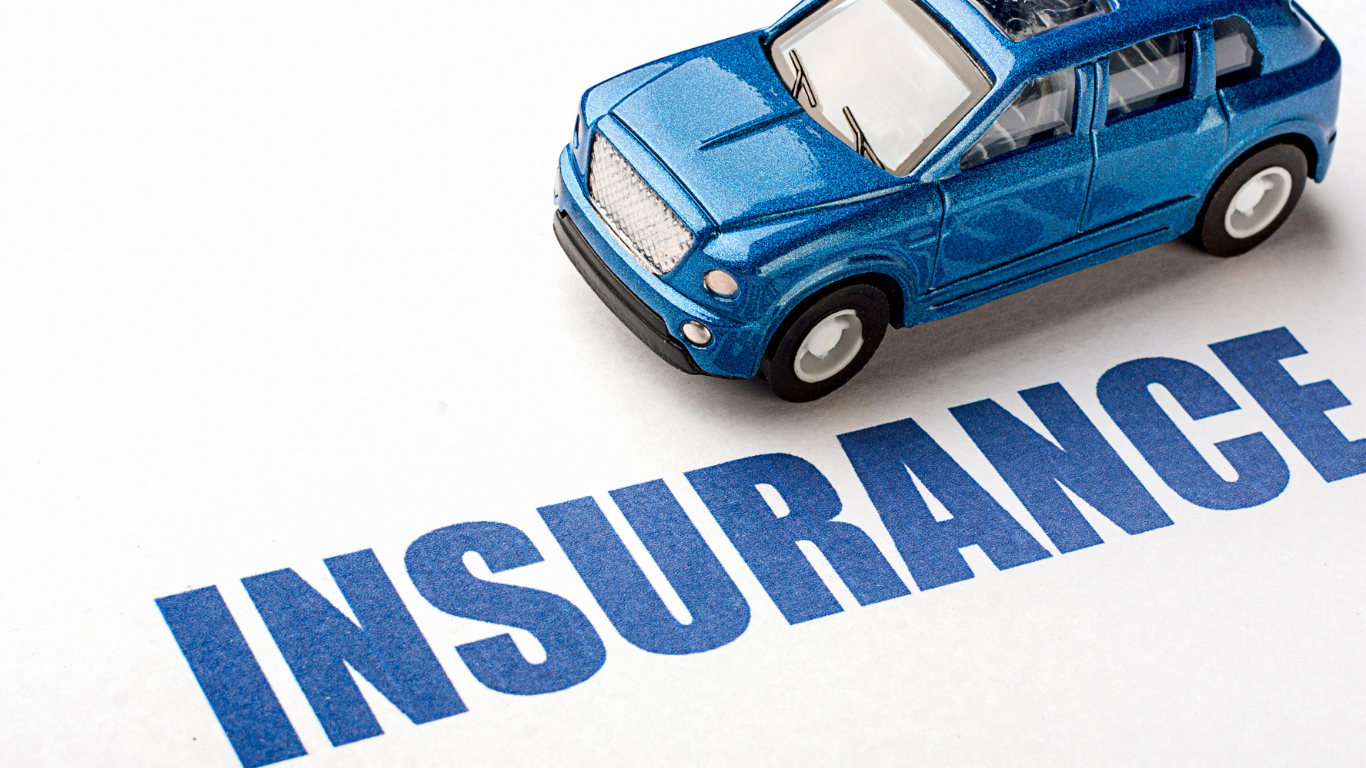E-Bikes and Insurance: Accounting for Them
From Blair Baldwin is the co-founder and CEO of the insurance start-up Boundless Rider, which specializes in motorcycles, e-bikes, and powersports vehicles.
There was a time i got an unusual email and guess what? This was an old friend who had just bought an e-bike. He was contemplating whether to buy motorcycle insurance or e-bike insurance, as well as whether to add the vehicle to his homeowner’s insurance policy as Scheduled Personal Property. This is something that I consider frequently as someone who cofounded an insurance firm that specializes in vehicles like e-bikes.
The circumstance involving my friend is not unusual, and in fact, I anticipate that it will become more often as e-bikes continue to gain popularity. As a result, I think more insurance leaders should become knowledgeable in this field.
Unlike my friend, however, not all riders will take the initiative to obtain insurance on their own, even if it may, like any other asset, help safeguard them and their valuables. It also raises the crucial question of whether the sector should lobby the government to make e-bike insurance mandatory. When it comes to insuring this expanding class of automobiles, I believe these and other related risks should be on your radar.
The Grey Area of E-Bikes
E-bikes fall into a gray area when it comes to insurance coverage because they have motors. When it comes to insurance for riders, there are three categories of e-bikes. While Class 3 e-bikes lack a throttle, they can travel up to 28 mph. The motor starts when the user pedals on Class 1 and Class 3 e-bikes. In contrast, Class 2 e-bikes include a throttle that may be used to accelerate, much like a motorbike. But in every situation, the distinction between an e-bike and a traditional bike is obvious: Because the motor can be engaged, riders are considerably more likely to be involved in accidents, hurt themselves or others, and damage their bicycle or other property.
In fact, research from the Netherlands, which is perhaps one of the safest countries in the world to ride a bike, demonstrates how e-bike accident rates are greater than those for traditional bikes.
This makes it seem evident that e-bike insurance should be required in the United States. The sharp increase in e-bike sales, however, has not yet been reflected in state or federal rules. So, insurance companies are in a position to inform customers about the potential need for e-bike insurance, outline the variations in policies, market coverage, and even advocate for such legislation.
Including E-Bikes
To begin, it’s critical for those in the sector to comprehend the original causes of this ambiguity surrounding e-bike insurance. E-bikes are categorized as “motor vehicles” for insurance purposes, therefore while some homeowner and renter insurance policies cover them, others do not. When e-bikes are covered, the majority of policies typically pay up to $1,500 for a claim on a stolen or damaged bike. This is adequate for entry-level electric bikes, but it might not be enough for riders with more expensive cars.
In addition, while policies vary, many do not cover damages to third parties. This could result in the e-bike rider being personally responsible for the injured pedestrian’s expensive medical bills, lost wages, and other damages. If this occurs while an e-bike rider is uninsured, the financial repercussions could be severe..
Defending Our Clients
The insurance sector, in my opinion, is the most cohesive and cooperative one I’ve encountered. I think we can work together to help e-bike users safeguard themselves and other people in the event of an accident.
Individual businesses can play a role in promoting responsible e-bike ownership by informing policyholders about the types of e-bikes that fall under the purview of their existing homeowner or renter insurance and the protections for which they would be eligible. Some businesses, like Lemonade, have posted useful articles outlining how they handle e-bikes in accordance with current policies.
This includes requiring riders to obtain e-bike insurance, as well as supporting legislation that enhances the safety of pedestrians and cyclists on roads and sidewalks and educating riders on lithium-ion battery safety to help them avoid fires.
The recent e-bike boom, in my opinion, is just the beginning; according to experts, millions more of these bikes will be in use in the years to come. Because of this, it’s crucial that we consider e-bike insurance in the same way that we consider helmets: as an essential safety measure that everyone must take.



